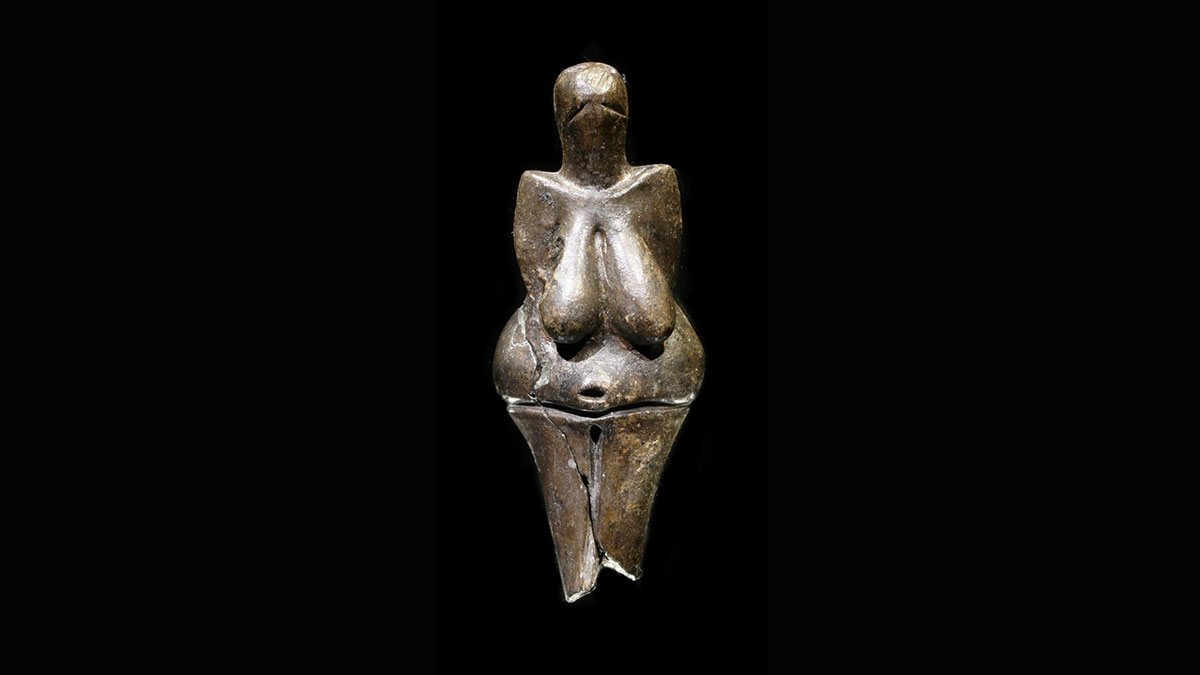The Venus of Dolní Věstonice is one of the most famous Paleolithic sculptures primarily due to its material. Made from clay fired at low temperatures, it is among the oldest known ceramic articles in the world. The figurine was discovered on July 13, 1925 from Dolní Věstonice, a site located in Moravia, Czech Republic. Like many other Paleolithic statuettes of females, it depicts a woman with large breasts, belly and hips.
Table of Contents
S1 – Discovery
Dolní Věstonice in a Paleolithic site in Moravia, Czech Republic. Since 1924, it had been under archaeological research, initiated by Karel Absolon. The Venus of Dolní Věstonice was found on July 13, 1925 in a layer of ash. It was broken into two pieces. Along with the Venus figurine, numerous figures of animals and more than 2,000 balls of burnt clay have been found at the site. Venus of Dolní Věstonice was once on display at the at the Moravian Museum in Brno, Czech Republic. Now, it is protected and rarely on display.
S2 – Description
The Dolní Věstonice Venus is 11.5 centimeters tall, has a width of 4.4 centimeters at its widest point and is 2.8 centimeters thick. Like many other Paleolithic statuettes of females, it depicts a woman with large breasts, belly and hips. It has a small head which is unmarked except for four small depressions on the top and two slits on the face which represent the eyes. The arms curve round from the shoulders. They have been shown only to the elbow and end at the bottom the pendulous breasts.
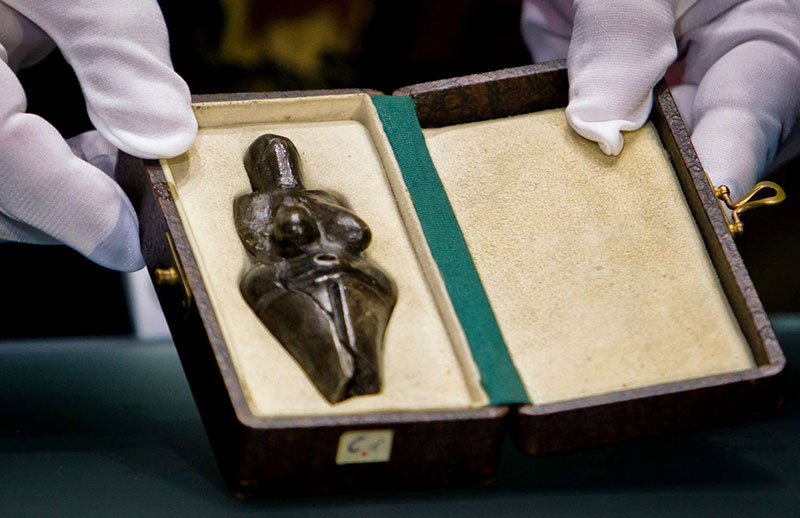
There are four small holes on the top of the head. It is believed that these holes were meant to hold something, possibly herbs or flowers. Analysis now shows that the holes were produced by one tool with a relatively sharp tip. The figurine was created not by two or more pieces of clay as originally thought, but a single piece.
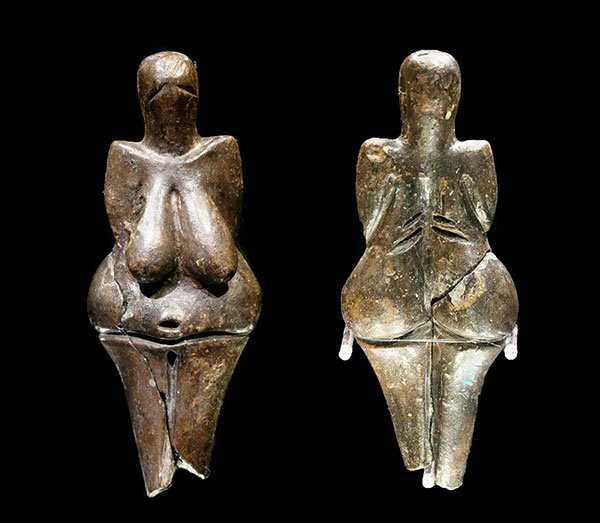
S3 – Age
The Venus of Dolní Věstonice, along with a few other finds from nearby locations, is the oldest known ceramic in the world. The earliest known kilns, used for baking clay objects, were also discovered from the site. Dated to 28,000 – 24,000 BCE, Venus of Dolní Věstonice predates the use of fired clay to make pottery. The first containers of clay were made in Japan some 15,000 years later.
S4 – The Name Venus?
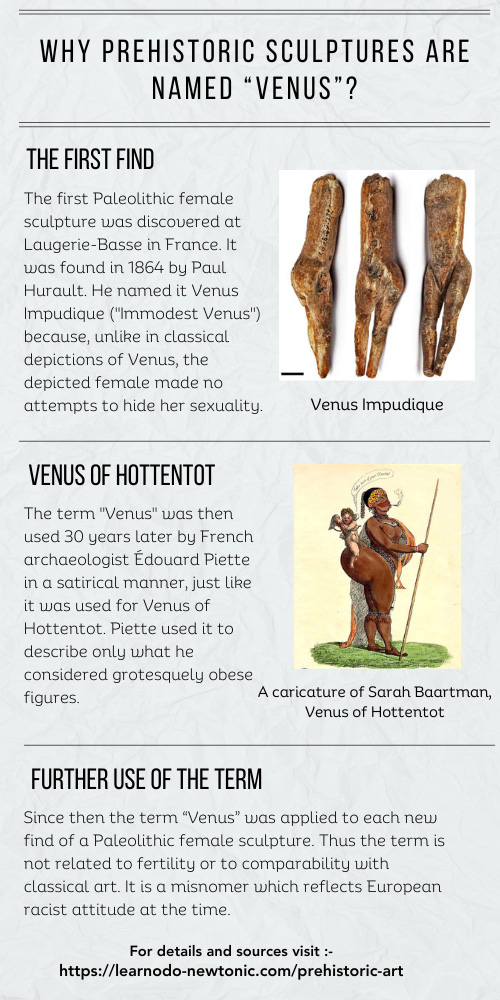
S5 – Paleolithic Art Overview
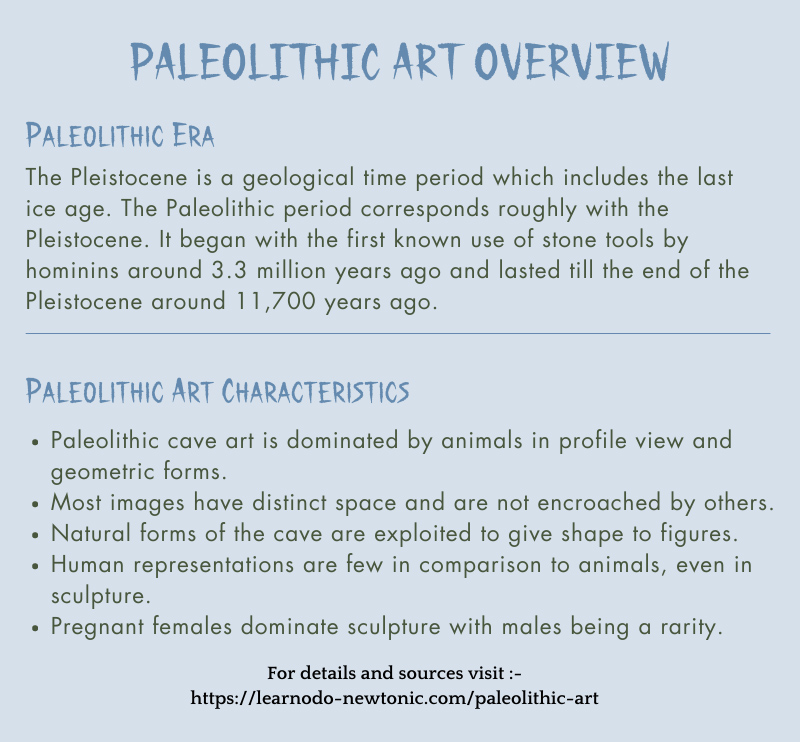
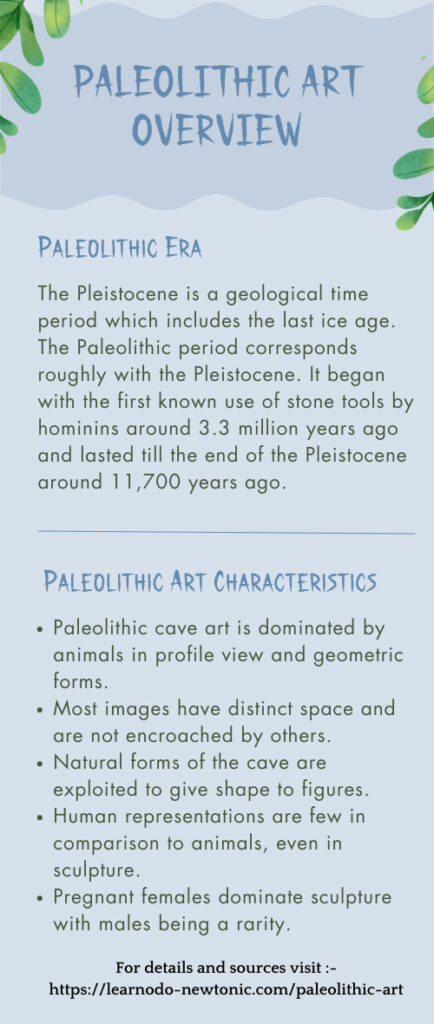
Main Sources
S1:-
“The Ceramic Venus of Dolni Vestonice”. Don’s Maps.
S2:-
“Dolní Vestonice Figurine 1”. Bradshaw Foundation
(Aug 31, 2017). “Forensic analysis of the Dolni Vestonice figurine”. Bradshaw Foundation
S3:-
Florek, Dr Stan. (May 11, 2022). “Dolni Vestonice – Archaeological Site”. Australian Museum.

